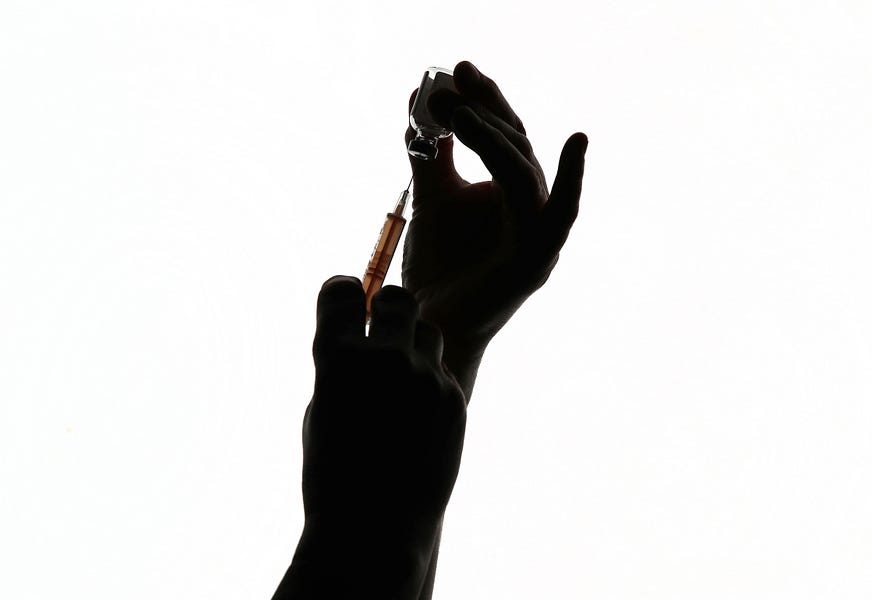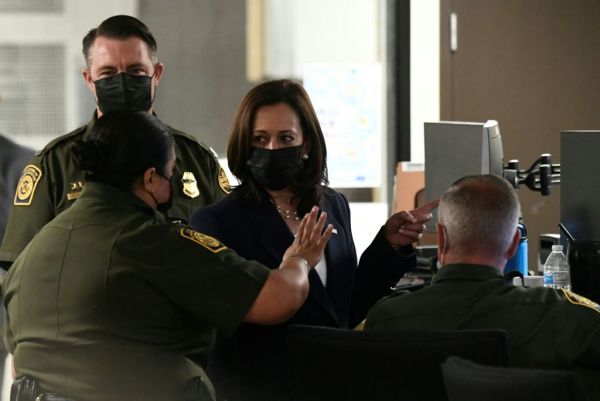The Oxford/AstraZeneca COVID-19 vaccine was once thought to be the frontrunner for U.S. regulatory approval. No longer. Because of safety concerns and questions about the conduct of one of its Phase III trials, it was passed by the mRNA candidates sponsored by the Pfizer/BioNTech tandem and Moderna. It is now possible the Food and Drug Administration (FDA) will decline an emergency use application for the vaccine despite its prominent use in the U.K. and elsewhere. With millions of Americans desperate to get vaccinated this spring, the question arises: Is U.S. caution justified?
There is little doubt that adding the Oxford/AstraZeneca candidate to the U.S. arsenal would, if it is as effective as advertised, hasten protection for the American public. Currently, the U.S. is expected to receive only a combined 200 million doses from Pfizer-BioNTech and Moderna by March 31, which is enough to protect 100 million people. Another 200 million doses will be delivered by the end of July. So, in total, the two vaccines that have been approved for emergency use by the FDA might protect 200 million people before the end of the summer, but that’s not enough to ensure herd immunity, which is likely to require vaccination of at least 250 million Americans, or 70 percent of the total population.
There is also some urgency around increasing supply because of waning American patience with pandemic restrictions. With each passing month, more and more people are finding it hard to put aspects of their lives on hold while waiting for their vaccination number to come up.
There is hope that a third candidate — from Johnson & Johnson — will relieve some of the supply pressure. It is being tested as a one-shot inoculation, and the results of its Phase III trial might arrive before the end of the month. If so, and if the safety and efficacy data are positive (as many vaccine experts expect they will be), its introduction into the U.S. market would improve the outlook, but not quickly. J&J has said it can deliver only several million doses in February and perhaps a slightly higher number in March. Even with three approved vaccines, there would still be room for another entrant this spring and summer.
The Oxford/AstraZeneca vaccine has advantages that make it an attractive possibility. It can be stored at normal refrigeration temperatures, and its price is low relative to its competitors. Public health experts have long targeted it as ideal for use in lower and moderate-income countries because of these features.
The problem is that its U.S. Phase III trial was delayed because of an adverse event investigation in the fall, and the data from the international trials used by the U.K. government are difficult to interpret due to unplanned modifications to dosing levels. The sponsoring organizations have explained that the clinical trial sites accidentally gave a half dose as a first shot to a portion of the trial participants, followed by a full dose at a longer-than-planned interval. All other trial participants in the vaccine arm received two full doses of the vaccine. Unexpectedly, the trial data showed the half-dose/full-dose combination was more efficacious (90 percent) than giving two full doses spaced a month apart (62 percent). The combined efficacy of the two dosing regimens was 70.4 percent – well below the documented efficacy of the mRNA vaccines.
Further, the number of participants receiving the half-dose/full-dose regimen was only about 1,400 people. The FDA is asking vaccine sponsors applying for regulatory approval to run trials with at least 15,000 participants in the vaccine arm and wants to rule out vaccines with a 2.5 percent or greater chance of having an efficacy below 30 percent. The Oxford-AstraZeneca vaccine is unlikely to perform that poorly, but the small sample receiving the more efficacious dosing regimen means there is a 2.5 percent chance that its efficacy is below 67 percent. Further, the half dose/full dose regimen excluded participants over age 55, who are among those who face the highest risk from the disease.
Adding to the confusion is the decision by the U.K. regulator to not grant approval to a half-dose/full-dose regimen but to delivery of two full doses per person, which indicates neither the sponsors nor the U.K. government is confident in the reported Phase III trial results. It also allowed the second dose to occur as late as 12 weeks after the initial dose, even though there is limited data showing acceptable efficacy from such spacing. The actual efficacy of the vaccine is likely to become clear soon enough, as the U.K. is deploying it aggressively, including in nursing homes. The gamble may pay off, and the government may have felt it had little choice given the severity of the pandemic this winter. Still, the risk is there that, because the administration of the Phase III trial was flawed, U.K. citizens might get inferior vaccine protection because of flawed signals around optimal dosing and the spacing of the two shots.
U.S. regulators are unlikely to fall in behind what the U.K. has approved without further clarification around the important questions still hanging over the Oxford/AstraZeneca candidate. The U.K. has approved a dosing regimen with a reported efficacy of just 62 percent, well below the 95 percent efficacy rates of the mRNA vaccines. Further, there is a 1 in 10 chance that the Oxford-AstraZeneca vaccine’s efficacy is below 50 percent for the full-dose/full-dose regimen. By comparison, there is only a 1 in 10 chance that the Pfizer-BioNTech vaccine is less than 92 percent effective. (We explained the statistical methods behind vaccine efficacy assessments in an earlier piece for The Dispatch.)
It would be difficult to introduce such a vaccine into the U.S. market without causing confusion and concern in the public about some people being forced to accept an inferior vaccine candidate while others are given more assured protection from the virus.
This does not mean the Oxford/AstraZeneca candidate is a non-starter in the U.S. With proper dosing and a large trial, it is entirely possible that the U.S. trial will reveal the vaccine to be closer to the 90 percent efficacy rate reported for some participants in the U.K. trial. If that is the case, then, by all means, the vaccine should be introduced quickly into the U.S. arsenal.
Unfortunately, it appears the results of the U.S. trial may be some weeks away. Waiting is hard, but, in this instance, a rushed approval is near certain to create more concerns about the U.S. vaccination strategy.
Vaccines do not need to be as good as the mRNA vaccines to be useful in defeating this pandemic. A serviceable vaccine with 80 percent efficacy would be very welcome, especially if it is easier to store or requires only a single dose to confer protection. But until the FDA has definitive proof that a vaccine works as shown in a rigorous trial, waiting for more clarity in the best option.
James C. Capretta is a resident fellow and holds the Milton Friedman chair at the American Enterprise Institute. Scott Ganz is a research fellow in economic policy studies at AEI and an assistant professor at Georgia Tech’s School of Public Policy.








Please note that we at The Dispatch hold ourselves, our work, and our commenters to a higher standard than other places on the internet. We welcome comments that foster genuine debate or discussion—including comments critical of us or our work—but responses that include ad hominem attacks on fellow Dispatch members or are intended to stoke fear and anger may be moderated.